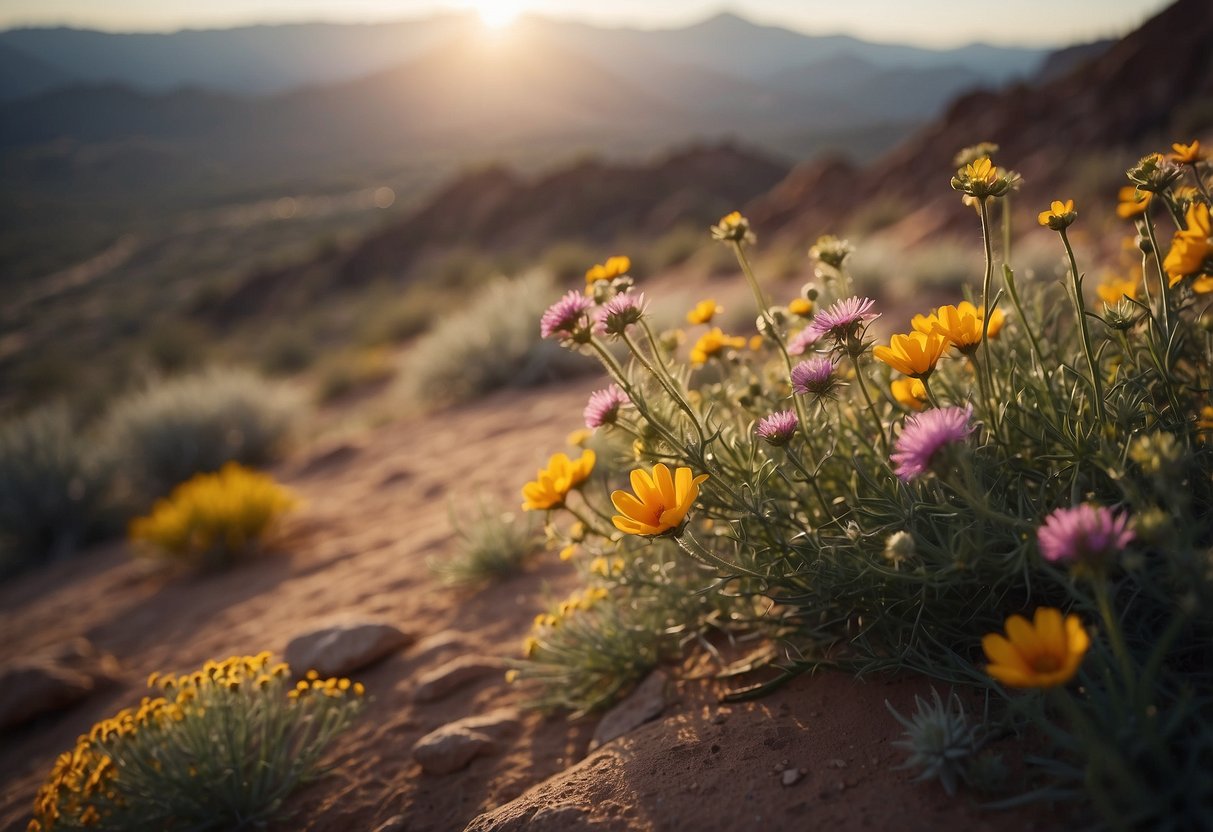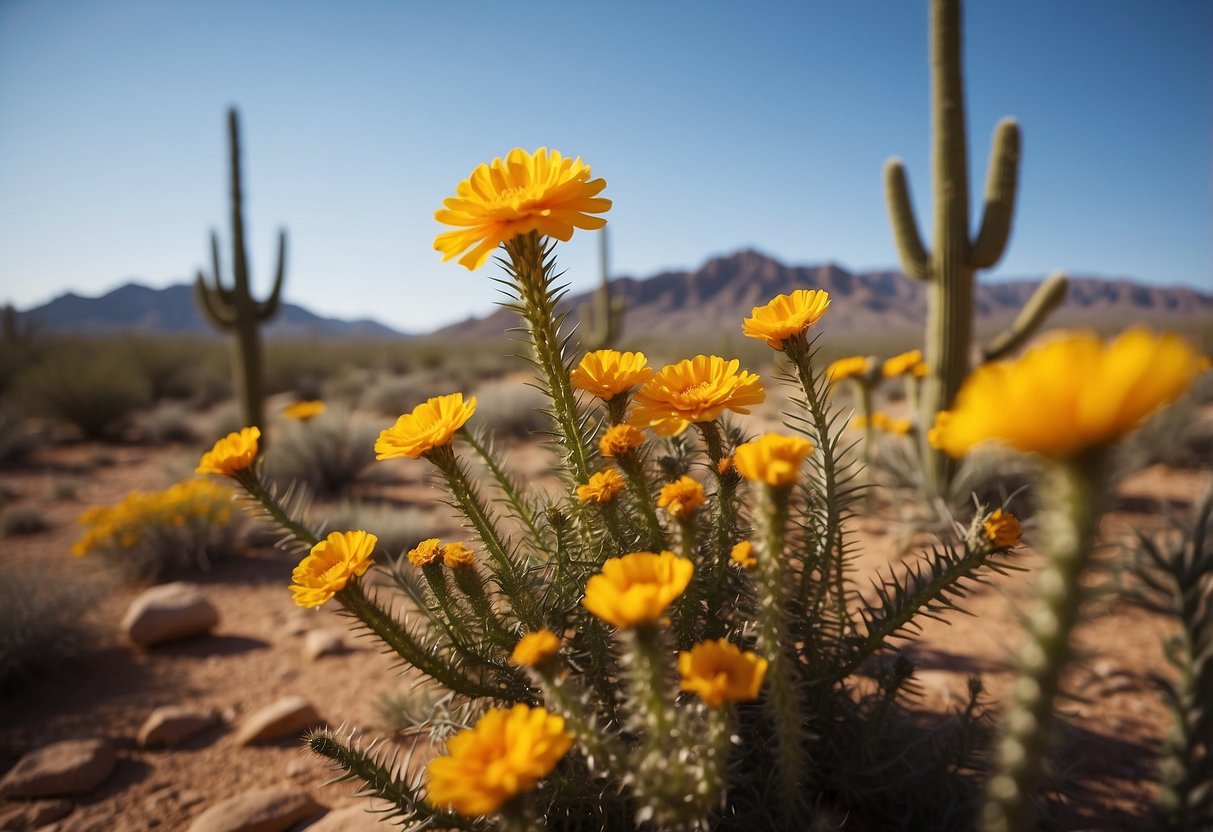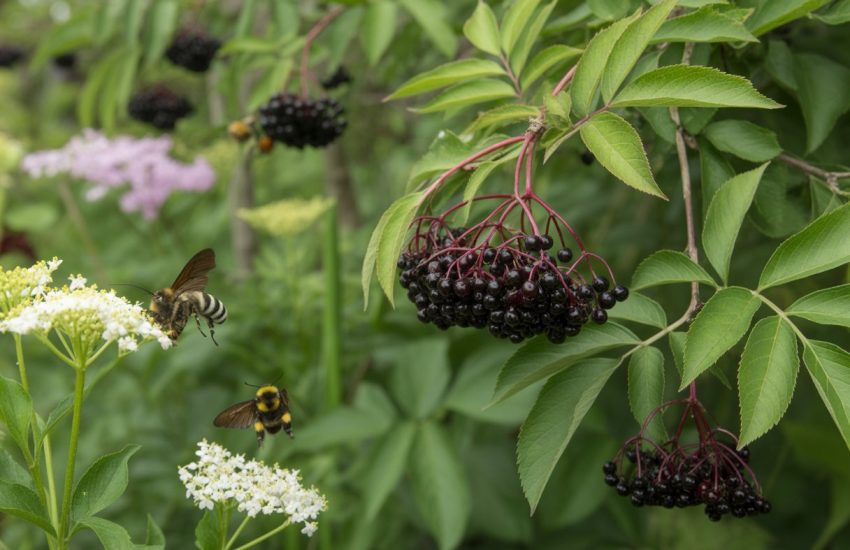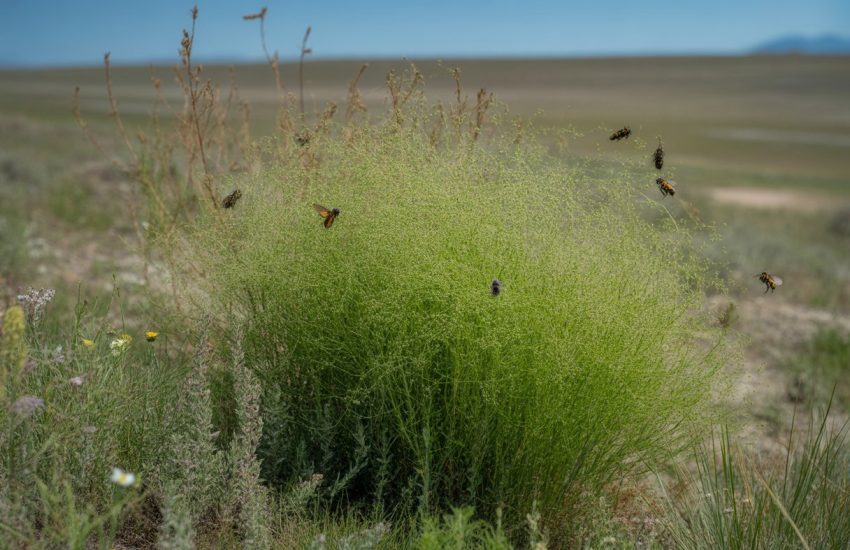Wildflowers in Arizona Desert: A Guide to the Most Beautiful Species
Arizona’s desert is home to a wide variety of beautiful wildflowers that bloom throughout the year. The state’s unique geography and climate make it an ideal place for nature enthusiasts to explore the beauty of the desert. Wildflowers in Arizona’s desert come in a range of colors and shapes, from vibrant orange poppies to delicate pink primroses.

The desert landscape of Arizona is known for its rugged beauty and harsh conditions. However, despite the seemingly inhospitable environment, the desert is home to a diverse array of plant and animal life. Wildflowers in Arizona’s desert are a testament to the resilience of nature, blooming in abundance even in the harshest of conditions. Whether you’re a seasoned botanist or simply a lover of nature, exploring the wildflowers of Arizona’s desert is an experience not to be missed.
Diversity and Seasonality of Arizona Desert Wildflowers

Arizona is home to a diverse array of wildflowers, with many species found in the Sonoran Desert. The region’s unique climate and topography have led to the evolution of a wide range of flora, including cacti, succulents, and wildflowers.
Varieties of Wildflowers in the Sonoran Desert
Some of the most common wildflowers found in the Sonoran Desert include the Brittlebush, Globe Mallow, Lupine, Chuparosa, Desert Chicory, Desert Marigold, Scorpionweed, Echinocereus, Castilleja integra, Phacelia distans, Desert Globemallow, and Sacred Datura. Each of these species has unique characteristics, including bloom time, color, and size.
The Brittlebush, for example, is known for its bright yellow flowers that bloom in the spring, while the Desert Marigold has vibrant orange-yellow flowers that bloom from February to May. The Sacred Datura, on the other hand, has large white flowers that bloom at night and are pollinated by moths.
Blooming Seasons and Colors
Arizona’s wildflowers bloom at different times throughout the year, with the peak season occurring from March to May. During this time, the desert is transformed into a sea of color, with wildflowers in shades of red, yellow, gold, purple, blue, pink, orange, and white.
In February, the first wildflowers begin to bloom, including the Desert Chicory and the Scorpionweed. As the weather warms up, more species begin to bloom, including the Desert Marigold and the Brittlebush. By April, the desert is in full bloom, with wildflowers like Lupine and Globe Mallow adding to the vibrant display.
Overall, Arizona’s desert wildflowers are a testament to the beauty and resilience of the region’s flora. From the delicate Sacred Datura to the hardy Brittlebush, each species has adapted to survive in the harsh desert environment, producing stunning blooms that are a joy to behold.
Ecology and Habitats
Adaptations to Desert Conditions
Arizona’s wildflowers are adapted to the harsh desert conditions of the region. The arid climate, with low annual rainfall and high temperatures, has led to the development of unique adaptations in the plants that grow in this region. For example, many wildflowers have evolved to have deep root systems that can reach water sources deep underground. Others have developed thick stems and leaves that help them retain water and survive in the dry desert air.
Regions and Elevations
Arizona’s wildflowers can be found in a variety of habitats, from the low desert to the high country. The state’s diverse landscape includes mountains, canyons, plateaus, and valleys, each with its own unique climate and ecosystem. In general, the low desert regions of southern Arizona are home to a variety of wildflowers, including the iconic saguaro cactus blossom. As elevation increases, the types of wildflowers change, with different species adapted to the cooler temperatures and higher rainfall of the upland regions.
The Sonoran and Mojave deserts are the two main regions in Arizona where wildflowers can be found. The Sonoran Desert is home to a wide variety of wildflowers, with over 2,000 species documented in the region. The Mojave Desert, located in the northwest corner of the state, is home to a smaller number of wildflowers, but still boasts a diverse array of species adapted to the arid conditions of the region.
Overall, Arizona’s wildflowers are a testament to the resilience and adaptability of nature in the face of challenging environmental conditions. Whether you’re hiking in the low desert or exploring the upland regions, there’s always something new and beautiful to discover in Arizona’s wildflower landscape.


